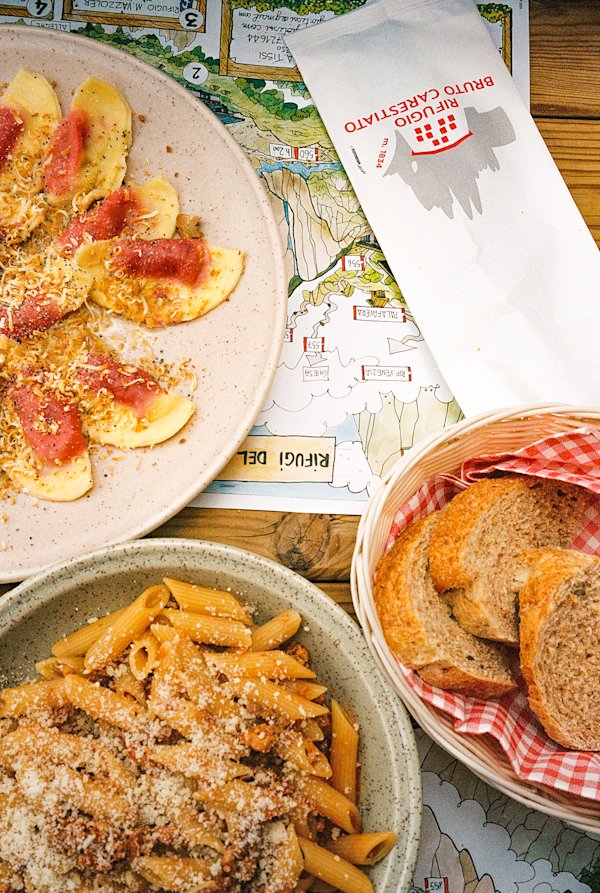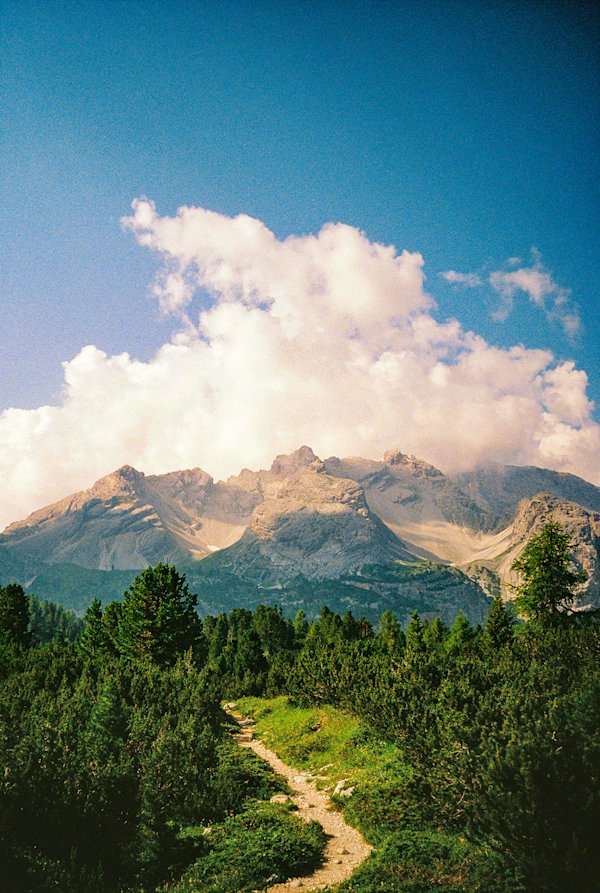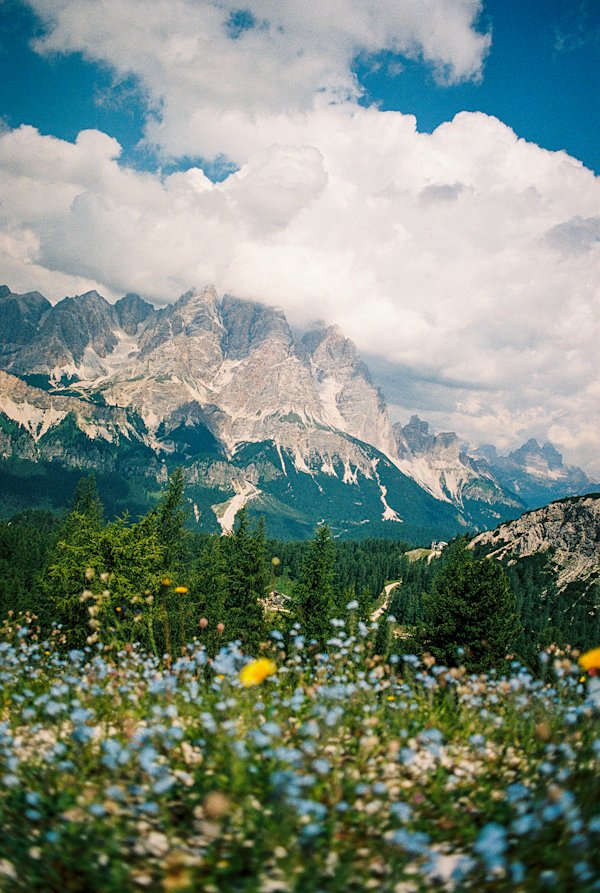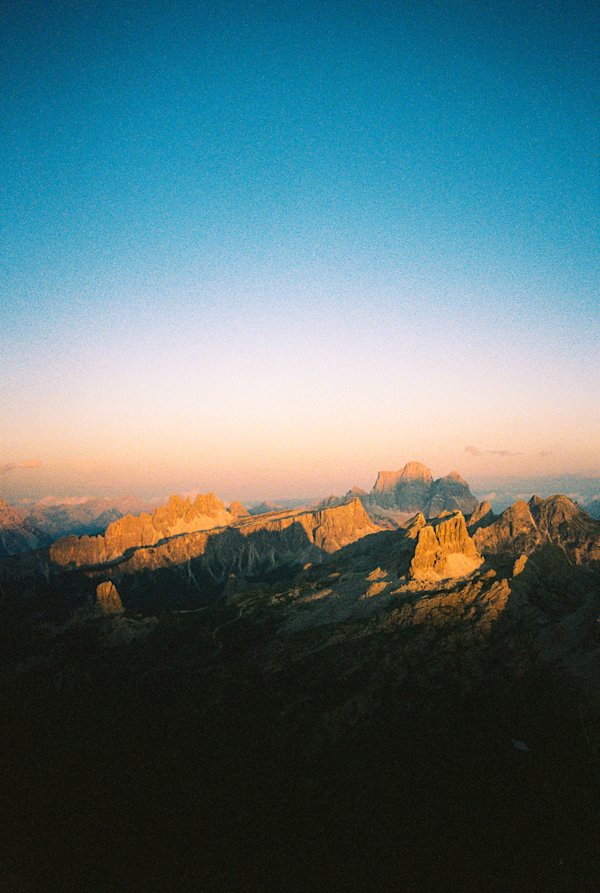I always say the golden ticket to having a good time on the trail is having a sense of humor. And being prepared—prepared for anything. And when it comes to the Alta Via 1 Dolomites hike, these are all essential, especially the planning part.
The Alta Via 1 (aka AV1) is a multi-day hut-to-hut hike in Italy that cuts through some of the most beautiful sections of the Dolomites and takes you past glistening lakes, jagged peaks, and endless meadows of wildflowers. Also known as the Dolomite High Route 1, this public walking trail is notoriously tough—and the altitude makes it even tougher.
Like any good adventure, you’ll hit a ton of road bumps and you will just have to find a way to laugh it off. But let me tell you, for this adventure, I wish I had a better guide from the start, so I put together this AV1 hiking guide to help you avoid the missteps I made.
Read on for a full rundown of Alta Via 1 Dolomites info, pro tips, packing checklist, and more. And remember, proper planning pays off!






















